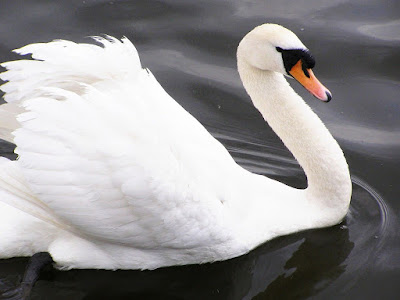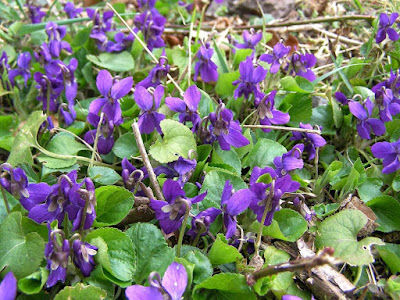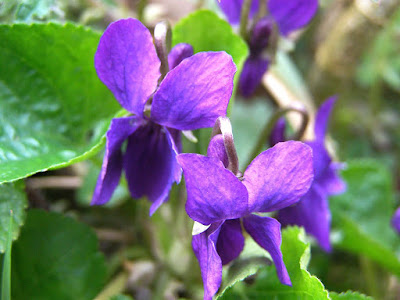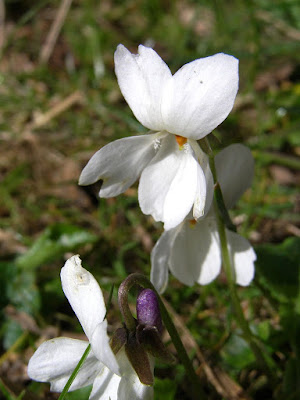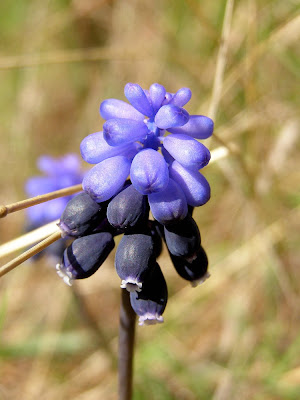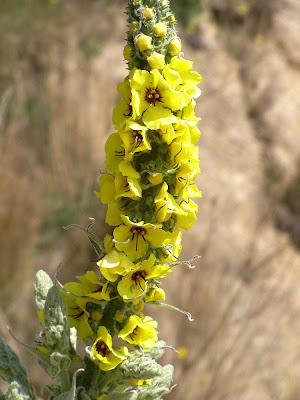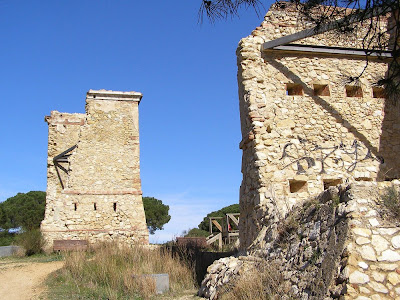Walking through the woodland surrounding Shipley Hill there were many clumps of a small, yellow plants which many would overlook or dismiss as Dandelions. Take a closer look however and you can see that these particular plants are quite different to that, more familiar 'weed'. These are called Colt's-foot Tussilago farfara.
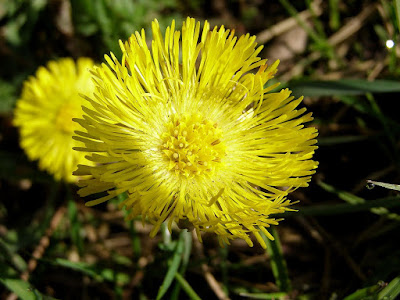 Firstly, the flowers of this particular plant appear long before the leaves. Like most other members of the Aster family, or Asteraceae they consist of a central disc of actual flowers surrounded by rays of petal-like structures or 'ray florets'. It has been used medicinally as a cough suppressant. The name "tussilago" itself means "cough suppressant." The plant has been used since at least historical times to treat lung ailments such as asthma as well as various coughs by way of smoking. Crushed flowers supposedly cured skin conditions, and the plant has been consumed as a food item.
Firstly, the flowers of this particular plant appear long before the leaves. Like most other members of the Aster family, or Asteraceae they consist of a central disc of actual flowers surrounded by rays of petal-like structures or 'ray florets'. It has been used medicinally as a cough suppressant. The name "tussilago" itself means "cough suppressant." The plant has been used since at least historical times to treat lung ailments such as asthma as well as various coughs by way of smoking. Crushed flowers supposedly cured skin conditions, and the plant has been consumed as a food item.
